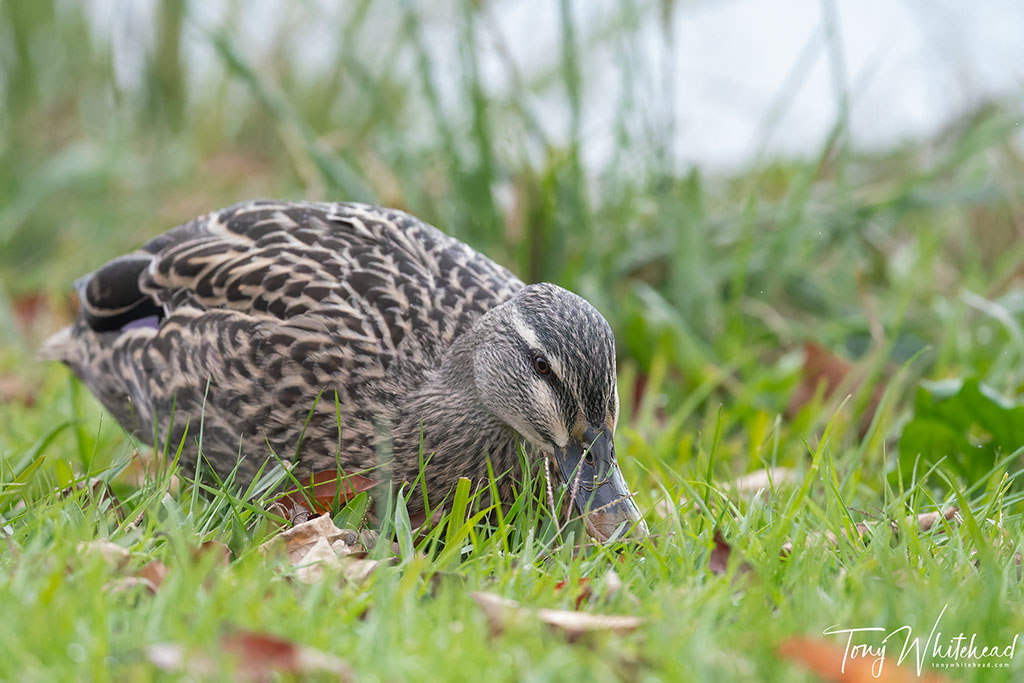Following on from my previous posts on Nikon Z9 and Nikon D500 High ISO noise management, I have had a chance to test processing the D500 RAW file in Topaz Denoise AI as opposed to DxO PureRAW DeepPRIME. My conclusion is that you need both programs to achieve the best results.
I don’t see any appreciable improvement to processing the RAW file through Topaz DeNoise as opposed to outputting the RAW from Lightroom as a TIFF and then applying Topaz Denoise AI. The 2 files shown in the next comparison window show one processed in Lightroom then exported as a TIFF before applying Topaz Denoise AI at default settings, the other is the RAW processed through Topaz Denoise AI as a RAW file to a TIFF and then applying the same default Topaz Denoise AI settings.


When the RAW file is processed through DxO PureRAW DeepPRIME and then has TopazDeNoise applied at default the resulting file is much better in terms of detail and contrast. It seems that the DxO desmosaiced file provides a better substrate for Topaz Denoise AI to work it’s magic on.


In summary, I think you need both programs to extract the best from your high ISO files. I have got to the point that I would feel handicapped and unable to extract the best from my cameras without access to both in my post processing workflow. Realistically I think that, if you are wanting to use high ISO settings, this is a software cost that needs to be factored into the camera package along with memory cards and batteries. Analogous to the old days when we needed to purchase film and developer to extract images from our cameras.
Photos with Nikon D500 and Nikkor 500mm f5.6PF lens


